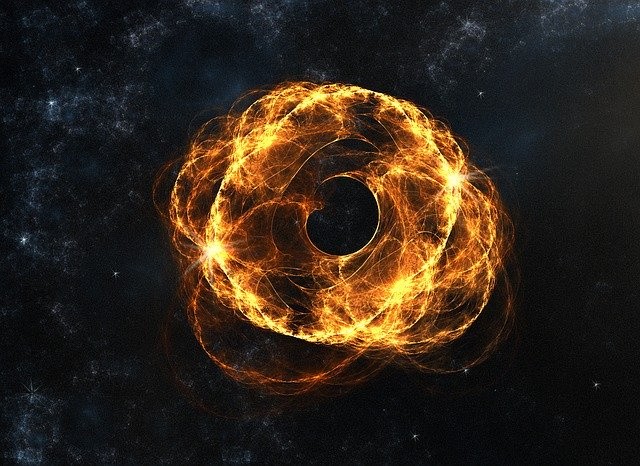Scientists have discovered the most active flow of energy from a distant quasar. According to the National Aeronautics and Space Administration (NASA), the quasar is the brightest object in the universe which is similar to a star that releases powerful radio waves. Quasars can be mostly found far away from the Earth.

According to the Science Daily's report, scientists in the international Gemini Observatory detected a distant quasar known as "SDSS J135246.37+423923." It was revealed to be the most active quasar ever recorded. The team of researchers used the Gemini North Telescope located in Maunakea, Hawaii.
According to the study published by Astrophysical Journal, the outflow of energy created by the distant quasar is at 13% the speed of light and carries large amounts of energy. It can dramatically impact a star formation as it reaches across an entire galaxy. The active quasar can be located 60-billion-light-years away from the Earth.
Scientists observe the most energetic Quasar that releases powerful cosmic winds; How will it affect the Earth?
According to the Science Daily, the study measured the energy outflow created by the said quasar. "While high-velocity winds have previously been observed in quasars, these have been thin and wispy, carrying only a relatively small amount of mass," said Sarah Gallagher, one of the astronomers at Western University in Canada.
The outflow from this quasar in comparison, sweeps along a tremendous amount of mass at incredible speeds. This wind is extremely powerful, and it is still unknown how the quasar can launch something so substantial, Gallagher explained.
Aside from measuring the speed of the outflow from "SDSS J135246.37+423923.5," the team of researchers was also able to observe a supermassive black hole that powers the quasar.
The results of the study showed that the mass of the black hole is 8.6 billion times bigger than the Sun, and is about 2000 times larger than the black hole located in the center of the Milky Way Galaxy. It is also 50% more massive compared to the well-known black hole recorded which is located in the Messier 87 galaxy.
Science Daily explained that quasars, also know as "quasi-stellar objects", are a type of extraordinarily luminous astrophysical space objects that can be found at the centers of enormous galaxies. Quasars can outshine all the stars that can be located in their galaxy because of their supermassive black holes making them the brightest objects in space.
Because of the massive energy the quasars release, powerful cosmic winds are created that can affect the formation of an entire galaxy. Compared to a normal quasar, "SDSS J135246.37+423923.5's" outflow of energy is so powerful and thick that the team of astronomers had difficulties trying to detect the signature of the quasar--although its wavelengths are visible.
Despite the problems the team encountered, they were able to clearly observe the quasar with the help of the Gemini Near-Infrared Spectrograph (GNIRS), capturing a clear view of the quasar's infrared wavelengths. The results of the observation proved that "SDSS J135246.37+423923.5" is the most active one compared to the previously recorded quasars.
![Apple Watch Series 10 [GPS 42mm]](https://d.techtimes.com/en/full/453899/apple-watch-series-10-gps-42mm.jpg?w=184&h=103&f=9fb3c2ea2db928c663d1d2eadbcb3e52)



